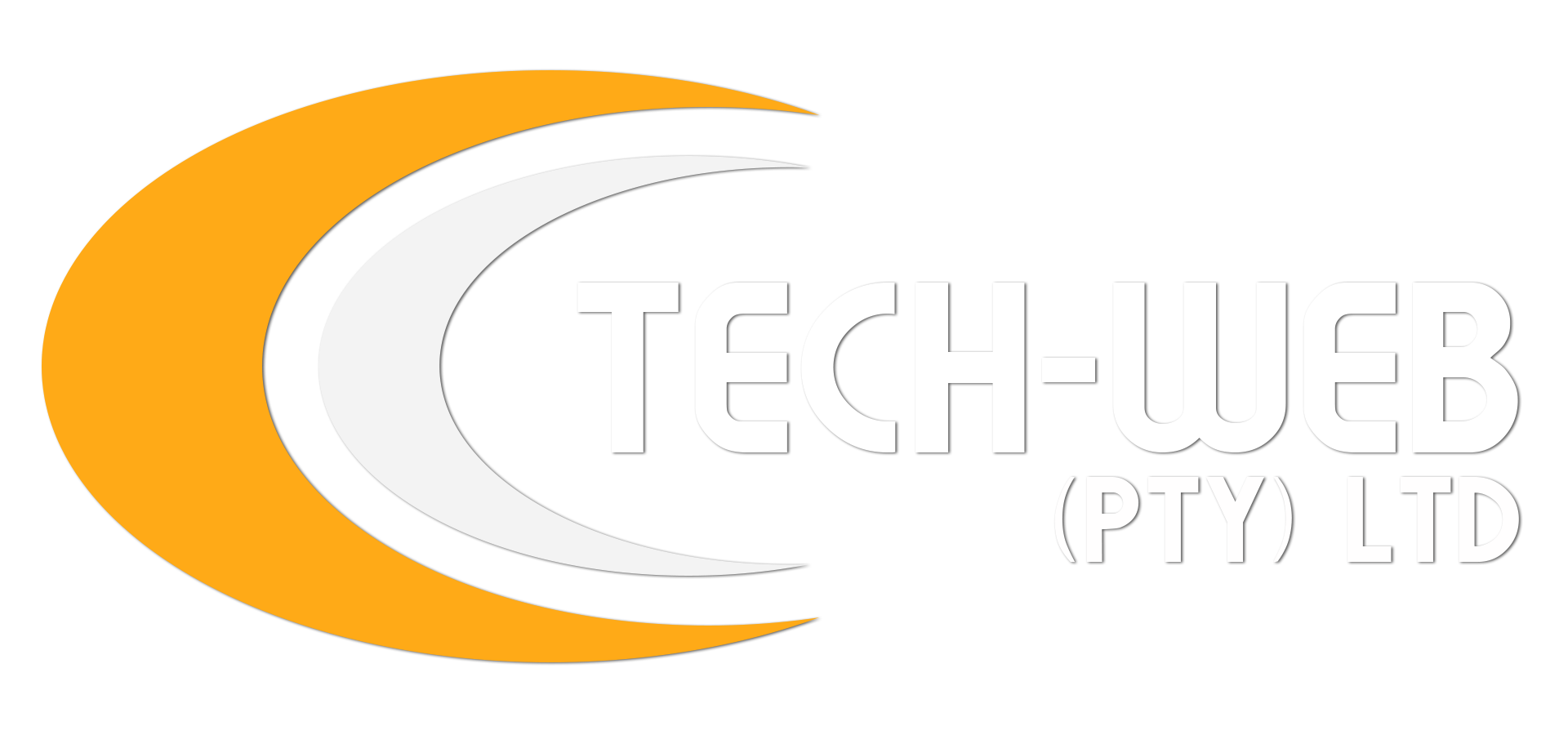Website Security Headers: What They Are and Why They Matter
In the world of web development, it's easy to get caught up in design, functionality, and user experience. But there's another critical layer to every website—security—and it's often overlooked. One of the most essential, yet underutilized, tools in your web security arsenal is the HTTP security header.
What Are Security Headers?
Security headers are small snippets of code sent by a web server in the HTTP response headers. They instruct the browser on how to behave when handling your website’s content. Think of them as a set of rules and protective measures that help secure your site from a range of common threats such as cross-site scripting (XSS), clickjacking, and data injection attacks.
Some key security headers include:
- Content-Security-Policy (CSP): Controls what resources (like scripts and images) the browser is allowed to load, reducing the risk of XSS attacks.
- Strict-Transport-Security (HSTS): Forces browsers to only interact with your site over HTTPS, protecting against protocol downgrade attacks.
- X-Content-Type-Options: Prevents browsers from interpreting files as a different MIME type than what is specified, mitigating certain types of injection attacks.
- X-Frame-Options: Stops your site from being embedded into other sites via iframes, protecting against clickjacking.
- Referrer-Policy: Controls how much referrer information is shared with other sites, helping to protect user privacy.
Why Security Headers Are Important
Without these headers, your site is significantly more vulnerable to attacks that can compromise user data, manipulate page content, or even hijack sessions. Adding security headers doesn't just protect your users—it also enhances your reputation and trustworthiness.
Here’s why they matter:
- Protect Users: Security headers help prevent attacks that target end users, like phishing or data theft.
- Reinforce HTTPS: Headers like HSTS strengthen the use of HTTPS, ensuring encrypted communication.
- Build Trust: Visitors and clients expect their data to be protected. Secure headers are one sign you take that responsibility seriously.
- Compliance: Many privacy regulations and security standards recommend or require secure headers as part of best practices.
What If a Web Design Company Doesn’t Know About Security Headers?
This is a red flag.
If you’re working with a web design or development agency that doesn't understand or implement security headers, it's worth asking: What else are they overlooking?
Security is not optional. It’s foundational. A company that doesn’t incorporate basic security measures—like HTTP headers—is likely missing other critical elements too, such as input sanitization, HTTPS enforcement, or secure cookie handling. In an era where breaches are costly and reputations are fragile, this isn’t just a technical gap—it’s a business risk.
Should You Trust Them?
In short, no.
While not every designer needs to be a cybersecurity expert, any team responsible for building and launching websites should understand and implement baseline security practices, including HTTP security headers.
Here’s what you should look for in a trustworthy web development company:
- They understand and explain how they secure your site.
- They provide a report or checklist of the security practices they follow.
- They test your site using tools like SecurityHeaders.com or Mozilla Observatory.
Security headers are not hard to implement—but their absence speaks volumes.
Final Thoughts
Security is no longer optional. It's expected, and in many cases, legally required. HTTP security headers are one of the easiest, fastest, and most effective ways to harden your website against common attacks.
If you're investing in a new website or working with a developer, make sure they know what security headers are—and better yet, that they’ve already implemented them before you even have to ask.









